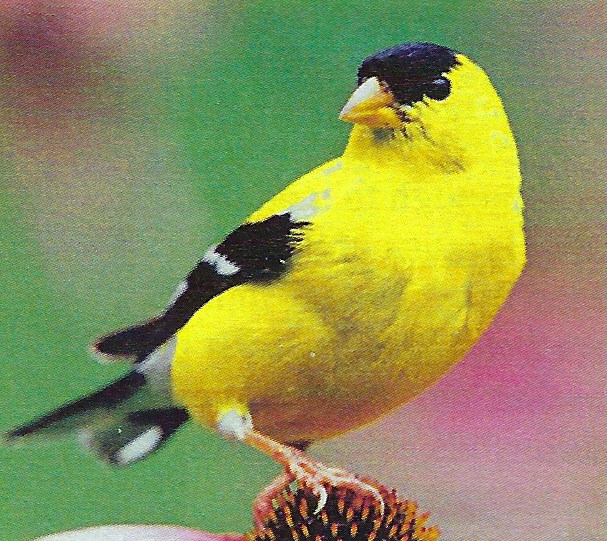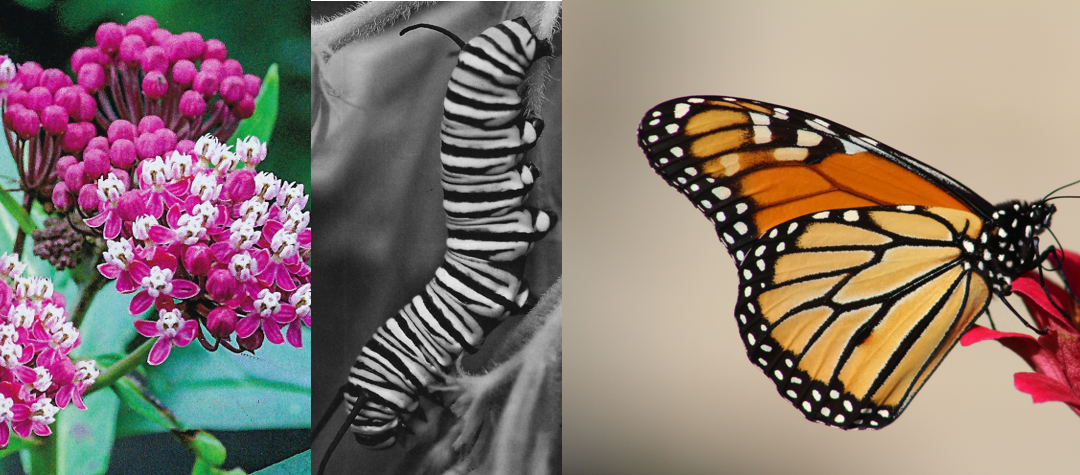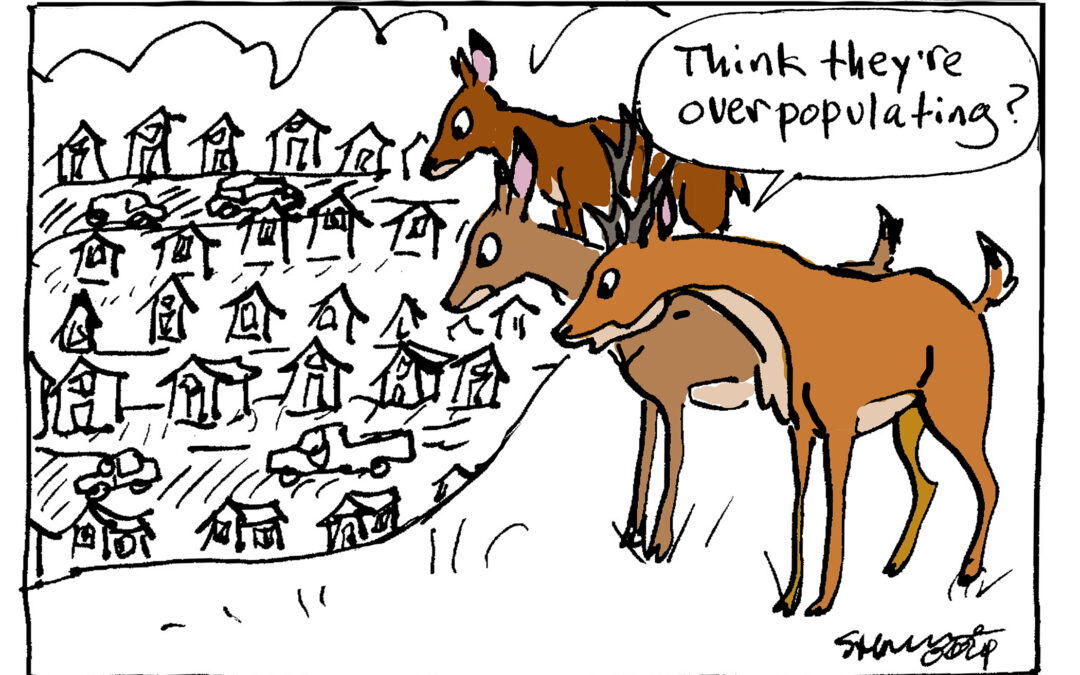
Quick and Delicious Shrimp Scampi
It seems there’s a holiday for almost everything and this one is worth observing. Yummy shrimp scampi — served with a simple side salad and some crusty bread or pour over your favorite pasta.
Quick and Delicious Shrimp Scampi
Serves 4
1½ lbs. cleaned and deveined shrimp (tails left on)
4 tablespoons butter
1 tablespoon olive oil
3 cloves garlic minced.
½ teaspoon (or to taste) red pepper flakes
½ cup dry white wine
½ cup chopped parsley
Salt & pepper to taste
Melt butter and olive oil in a large skillet over medium heat.
Stir in the garlic and red pepper flakes. Cook for 1 minute.
Add the shrimp to the pan and toss to coat. Cook the shrimp approximately 2-3 minutes, until bright pink.
Using a slotted spoon, transfer the shrimp to a plate and keep warm.
Add the wine to the pan and cook for 2-3 minutes.
Return the shrimp to the pan, season with salt and pepper and toss to coat in the sauce.
Sprinkle with the parsley.
Serve immediately with parmesan cheese available for those who wish to add on their own.




Recent Comments